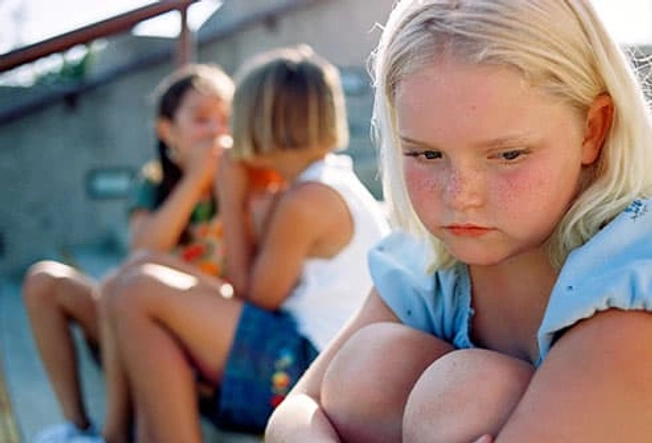- Overview
- Symptoms
- Causes & Risks
- Tests & Diagnosis
- Treatment
- Living With
- Complications
- View Full Guide
ADHD in Women and Girls


Who Gets ADHD?
ADHD develops in childhood and can happen to anyone, but your genes play a strong role. It's estimated that between 5% to 11% of children have ADHD. And many of them are girls. Some kids outgrow it, but more than three-quarters of people who had ADHD in childhood will continue to have it as adults.

Stats Are Misleading
Boys are diagnosed with ADHD at least twice as often as girls are, but that doesn't necessarily mean that more boys have it. Some experts say girls don't get diagnosed as much because their symptoms can be harder to spot.

Less to Go On
There isn't nearly as much research on ADHD in females as there is in males. As a result, less is known about how it affects them. ADHD always starts in childhood, but many females don't find out they have it until they're adults, if they find out at all.

ADHD Can Be Different in Females
There are three main kinds of ADHD: inattentive, hyperactive-impulsive, and combined inattentive and hyperactive-impulsive. The inattentive type is most common in girls. It doesn't always catch the attention of teachers and parents.

How It Can Show Up
Common symptoms of inattentive ADHD include:
- • Lack of focus and trouble listening and paying attention
- • Being easily distracted, disorganized, and frequently forgetting and losing things
- • Failing to follow through
- • Making mistakes that seem careless

The Impact of ADHD
As with boys, girls with ADHD often have trouble in school. But they're less likely to get in trouble for acting out. Girls with ADHD tend to be seen as daydreamers. They may have a harder time socializing, too. It's also important to work with the doctor to make sure you aren't missing symptoms that might point to a learning disability such as dyslexia. Once they're identified, dyslexia and other disabilities can be successfully addressed.
For adult women, ADHD can make it hard to stay on top of a job and handle the stresses of day-to-day life. Women with ADHD might struggle to manage personal finances, complete household tasks, and care for children.

An Emotional Toll
Girls with ADHD are more likely than boys with the disorder to blame themselves when they have problems getting things done. Having ADHD can also make it hard to read social cues, which can make some girls feel insecure. It can interfere with their ability to make friends.
That can leave them prone to depression, anxiety, and eating disorders. Girls with ADHD are more likely to develop anorexia or bulimia than girls without the condition.

Don't Ignore It
A diagnosis is the first step to getting the right treatment. Medications and behavioral therapy can help you manage ADHD.
If you see signs of a problem, talk to a doctor. Teachers don't suggest ADHD evaluations for girls nearly as often as they do for boys. If a teacher refers your daughter, take it seriously. If your child has ADHD, it's not going to go away.

Medication and Hormones
Symptoms can change over time. But hormones can make them change, too. You might find that hormonal changes -- during your menstrual cycle, while pregnant, and as you enter menopause -- impact how well medications work or how well you can manage your symptoms. If you notice a difference, talk to your doctor. They should be able to adjust your medication as needed.

Living With ADHD
Having ADHD can be a challenge, but it's one that children and adults alike can learn to handle. Although there's no cure, people who get the right care can reach their potential and enjoy a happy, fulfilled life.